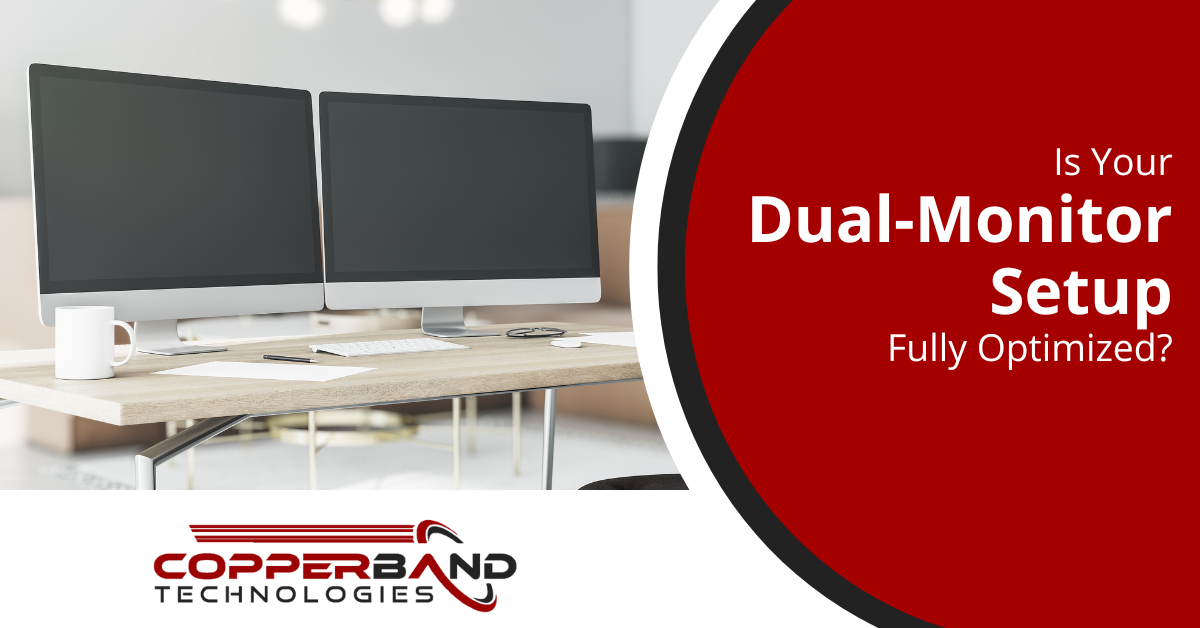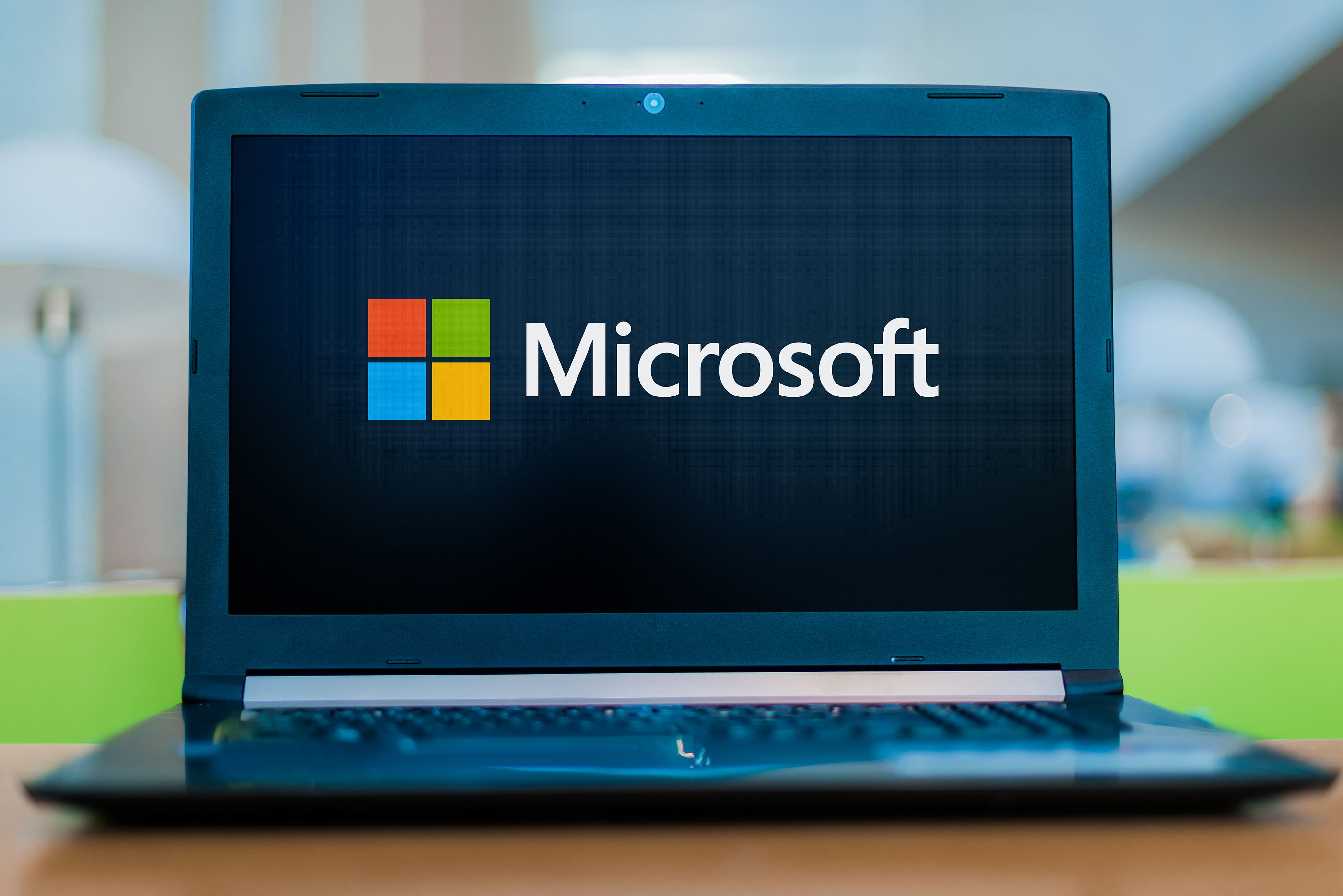Is Your Dual-Monitor Setup Fully Optimized?

In today’s fast-paced digital world, multitasking has become a vital aspect of productivity. Many professionals rely on dual-monitor setups to streamline their workflows, enhance efficiency, and improve overall performance. But is your dual-monitor setup fully optimized to take advantage of its full potential?
In this article, we will explore the various aspects of a well-optimized dual-monitor setup and provide valuable tips to ensure you make the most out of your workspace.
Understanding the Benefits of Dual-Monitor Setups
Before getting into optimization techniques, let’s first understand the significant advantages of using dual monitors. A dual-monitor setup allows users to extend their desktop workspace, providing more screen real estate for multitasking and handling multiple applications simultaneously. This arrangement can be particularly beneficial for professionals in various fields, including designers, programmers, traders, content creators, and many others.
Enhanced Productivity
One of the primary benefits of a dual-monitor setup is its ability to enhance productivity significantly. With two screens side by side, users can seamlessly switch between applications, reference multiple documents simultaneously, and conduct research more efficiently. This results in reduced time spent on task-switching and increases overall productivity.
Improved Task Management
Having two monitors allows for better task management. Users can dedicate one screen for primary work and use the other for secondary tasks, such as monitoring emails, calendars, or social media updates. This organization minimizes distractions and keeps focus intact on the main task at hand.
Better Content Creation and Editing
For content creators, a dual-monitor setup is a game-changer. It enables them to have their workspace divided between the editing software and source material or references. This arrangement streamlines the editing process, making it more intuitive and productive.
Optimizing Hardware and Display Settings
To achieve the best performance from your dual-monitor setup, you must consider several hardware and display settings. Proper optimization can lead to smoother operations, reduced strain on the system, and an overall enhanced user experience.
Selecting the Right Monitors
When setting up a dual-monitor workspace, choosing the right monitors is crucial. Ensure that both displays are of the same size and resolution to prevent any discrepancies in the user experience. Moreover, consider factors such as panel type, refresh rate, and color accuracy to align with your specific requirements.
Calibrating Color and Brightness
Properly calibrating the color and brightness of your dual monitors is essential to maintain consistency in visual output. You can use calibration tools or software to achieve accurate color reproduction and ensure that both monitors display content uniformly.
Arranging the Monitors Ergonomically
Properly arranging the dual monitors in an ergonomic setup is vital for long-term comfort and productivity. Position the screens at eye level, maintaining an appropriate viewing distance, and minimize glare by adjusting the monitor angles. Investing in monitor stands or mounts can further enhance adjustability.
Managing Screen Resolution and Scaling
In a dual-monitor setup, screen resolution and scaling settings play a critical role in ensuring a seamless transition between the two screens. Make sure that the resolution and scaling settings are consistent across both monitors to avoid any display discrepancies or alignment issues.
Efficient Workspace Organization
Apart from the hardware and display settings, optimizing your workspace organization is equally important to reap the full benefits of a dual-monitor setup.
Utilizing Virtual Desktops
Using virtual desktops can significantly enhance your workflow efficiency. Organize different sets of applications and tasks on separate virtual desktops, allowing you to switch between them with ease. This eliminates the clutter and keeps your workspace clean and focused.
Employing Window Management Tools
Window management tools offer added convenience when working with multiple applications on dual monitors. These tools allow you to resize, snap, and move windows across screens effortlessly, streamlining multitasking and improving overall productivity.
Adopting the Best Workflow Practices
Developing effective workflow practices is crucial for maximizing productivity in a dual-monitor environment. Arrange your most-used applications and tools on one monitor and reserve the other for reference materials or secondary tasks. This way, you can maintain a logical flow and keep distractions at bay.
Get Started Today
A well-optimized dual-monitor setup can significantly enhance productivity, task management, and overall user experience. By carefully considering hardware, display settings, and workspace organization, you can unlock the full potential of your dual-monitor workspace.
Remember to choose monitors that align with your specific needs, calibrate colors and brightness for consistent visual output, and arrange your setup ergonomically. Additionally, explore virtual desktops and window management tools to streamline multitasking and workflow.
If you want to upgrade your dual-monitor setup or need expert advice, contact us at Copperband Tech. We are dedicated to providing tailored solutions to optimize your workspace and boost your productivity. Let us help you create an ideal dual-monitor setup for your professional needs.






